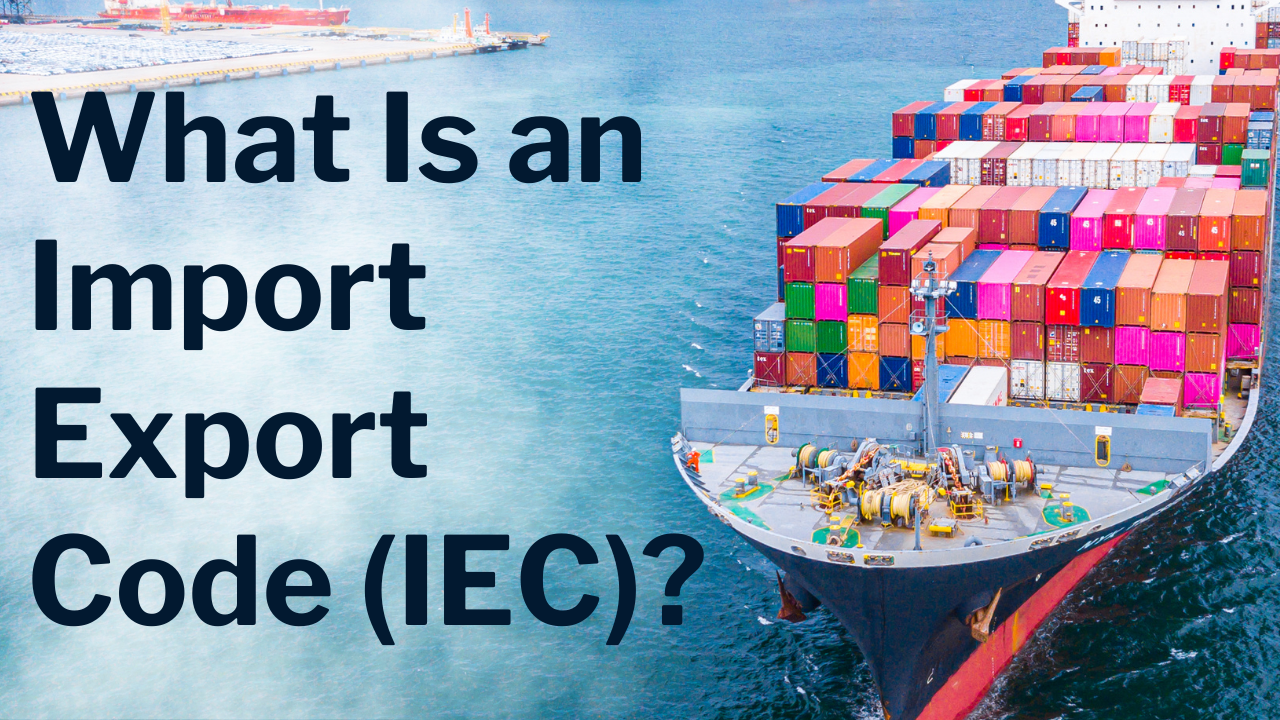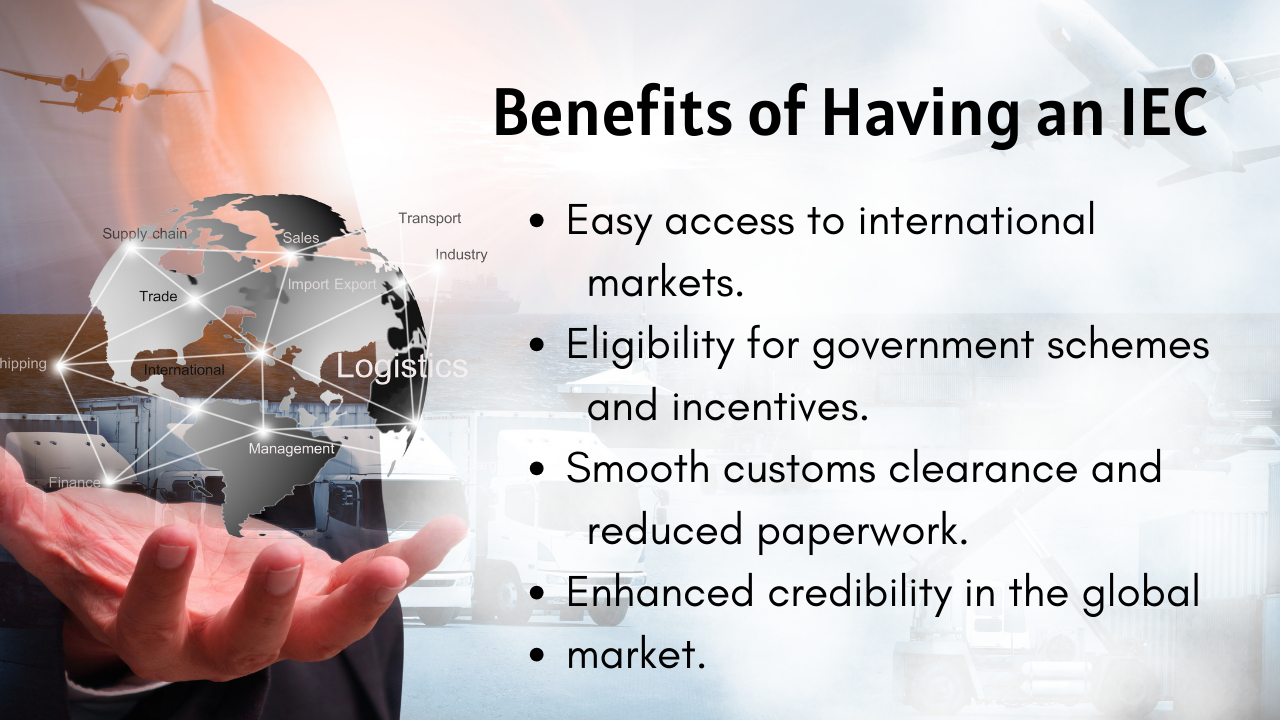Import Export Code (IEC)
Introduction
In the global marketplace, seamless trade is crucial. For businesses engaging in import and export activities, an essential requirement is an Import Export Code (IEC). This article delves into the intricacies of IEC, including its significance, application process, eligibility, benefits, and common misconceptions.
What Is an Import Export Code (IEC)?

An Import Export Code, commonly known as an IEC, is a 10-digit unique identification number issued by the Directorate
General of Foreign Trade (DGFT) in India. It is mandatory for businesses engaged in cross-border trade and is a
prerequisite for importing or exporting goods and services.
The Importance of IEC
IEC plays a pivotal role in facilitating international trade. It is essential for several reasons:
- Legitimacy: IEC authenticates your business as a legal entity involved in import and export.
- Global Expansion: It enables you to access international markets and expand your business reach.
- Customs Clearance: IEC simplifies customs clearance and helps in avoiding delays.
- Bank Transactions: It is necessary for receiving foreign exchange and sending money overseas.
- Availing Benefits: Several government benefits and incentives are available only to businesses with a valid IEC.
How to Apply for an IEC
Obtaining an IEC is a systematic process, and the steps are as follows:
Eligibility Criteria
To apply for an IEC, a business entity should fulfill the following criteria:
- Should be a legal entity registered in India.
- Should not be on the prohibited list by the DGFT.
- No criminal records against the applicant.
Documents Required
The essential documents for IEC application include:
- PAN card
- Passport-sized photographs
- Bank certificate
- AADHAAR card
- Cancelled cheque
Application Procedure
The application process involves the following steps:
- Visit the DGFT website and create an e-IEC application.
- Fill in the required details and submit the application.
- Pay the prescribed fees.
- Once the application is reviewed, the IEC is issued within a week.
- Fees and Processing Time
- Obtaining an IEC is relatively affordable, with a fee of around INR 500. The processing time for IEC issuance is
- typically one week, ensuring a speedy process for businesses.
Benefits of Having an IEC
Having an IEC comes with several advantages:

- Easy access to international markets.
- Eligibility for government schemes and incentives.
- Smooth customs clearance and reduced paperwork.
- Enhanced credibility in the global market.
Common Misconceptions
There are some common misconceptions about IEC:
- It's only for large businesses: IEC is for all sizes of enterprises.
- It's a one-time process: IEC needs to be renewed after five years.
- It's the same as GST: IEC is for foreign trade, while GST is for domestic transactions.
Renewal and Modification
IEC needs to be renewed every five years. Any modifications in the details should be updated promptly with the DGFT.
IEC vs. GST
IEC and Goods and Services Tax (GST) are two distinct registrations. IEC is for international trade, while GST is for domestic transactions. Both are essential for businesses with international operations.
IEC and E-commerce
E-commerce businesses involved in cross-border trade must also obtain an IEC to ensure seamless international transactions.
Compliance and Regulations
Businesses with an IEC must adhere to the Foreign Trade Policy and other regulations governing international trade. Non-compliance can result in penalties or the revocation of the IEC.
Conclusion
In the globalized business world, having an Import Export Code (IEC) is imperative for businesses engaged in import and export activities. It not only facilitates international trade but also grants access to government benefits and global markets. Understanding the process of obtaining and maintaining an IEC is crucial for businesses looking to thrive on the international stage.
Copyrights © 2021 Aasian Group . All rights reserved. Designed By AbtusWorld.com

